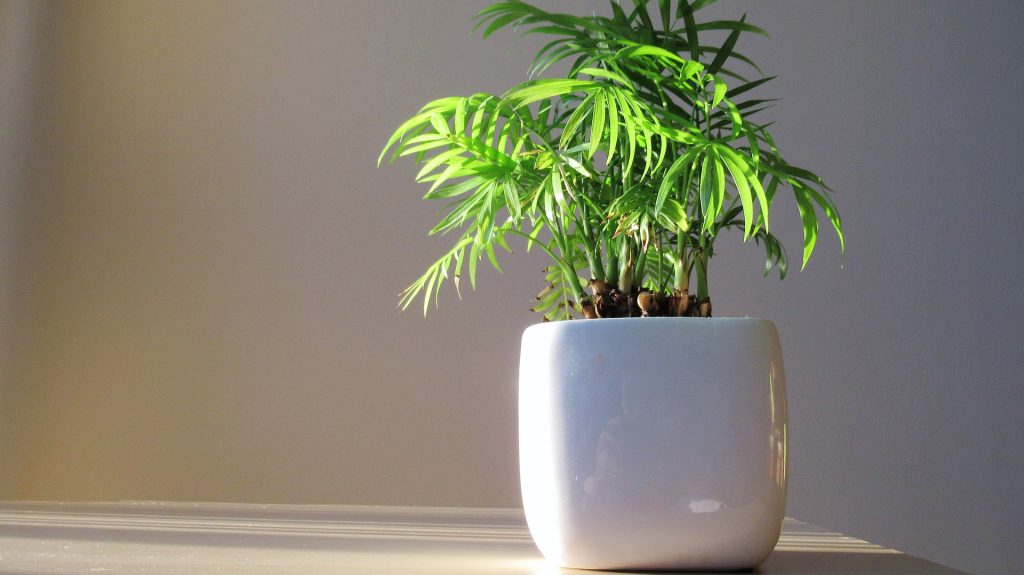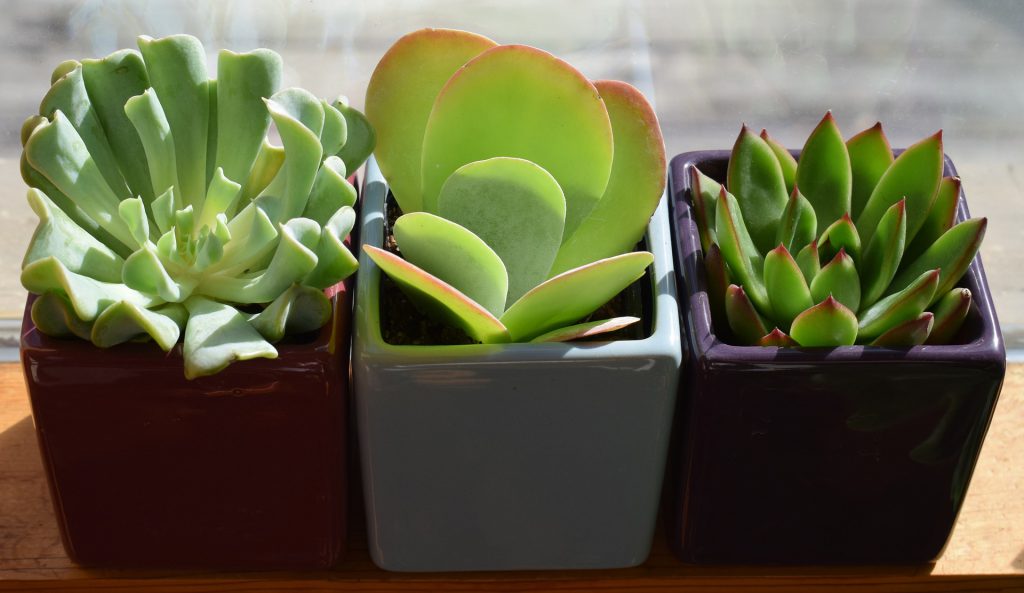
Plants can bring life and joy to any space. For this reason, it makes perfect sense that some people like to keep houseplants in their RVs.
If you’re looking to add some flora to your tiny home-on-wheels, you may be wondering where to begin. This is understandable. After all, keeping plants in an RV isn’t exactly common practice. Still, it is totally doable, and we 100% recommend doing so if you’re a plant person, especially if you travel often.
After reading this article you should have a good idea of which plants to purchase and which to avoid. Additionally, you’ll have a better understanding of how you might care for a plant while on the road.

Why Finding the Best Houseplants for Your RV is Important
Let’s begin by discussing why the type of plant you buy is so important.
The fact of the matter is, some plants simply are not suited to the indoors. Trying to raise an outdoor plant in an indoor environment never ends well and is likely to be a frustrating experience more than anything. Therefore, it is highly important that you seek out good indoor plants in order to set yourself up for success.
On top of that, raising and caring for a plant in an RV adds some extra challenges. For instance, a plant that is to live in a motorhome or travel trailer must be relatively sturdy due to the jostling it is sure to endure on travel days. Additionally, an RV houseplant needs to be small enough to comfortably grow in the tiny space of an RV.
Best Indoor Plants for Your RV: Low-Light Plants, Low-Maintenance Plants, and More
In general, the best plants for a bedroom and/or the best office plants will also be ideal for an RV. However, as mentioned before, there are a couple of other considerations to keep in mind: size and durability.
Below are some ideas of plants that would do well in an RV environment:
- Succulents
- Peace Lilies
- Spider Plant
- African Violet
- Snake Plant
- Chinese Evergreens
- Bamboo
- ZZ Plant
- Boston Fern
- Anthuriums
- Philodendron (aka Heart Leaf)
All of these are sturdy, require low maintenance, and most of them do quite well in low-light conditions. Each of these plants will brighten your motorhome or trailer, but in particular, the best indoor plants for clean air on this list include the Spider Plant and Peace Lily.

Caring for Low-Maintenance Indoor Plants in Your RV
While low-light indoor plants don’t tend to require too much in terms of maintenance, and while the options listed above are especially sturdy, even the best houseplants do require some care and attention.
Giving your little green friends this care is obviously important for the sake of the plants. However, it’s also important in order to ensure your plants are allowed across state borders, as unhealthy plants often are not allowed. (Keep in mind that some states have bans on some types of plants, so you’ll want to do your research before making travel plans.)
Always Take the Plants Home
If you don’t live in your RV full-time, you will need to remember to take your plants home with you after each trip. After all, they can’t be expected to live on their own in the storage lot.
Use Space near the Window
We all know space in an RV is limited. However, most plants (even those considered “low light” plants) will need you to find a way to make room near a window in order to ensure they get enough filtered sunlight. Try installing a shelf or hanging pots from the ceiling if you need to.
Think About Where You Park
Depending on the plants you choose, where you park can make a huge difference. Those who prefer very little sunlight will require mostly shaded spots. Meanwhile, those that need a little more sunshine will thrive when you choose sites that are out in the open.
Secure Plants Well
Everything in your RV will get quite a jostling on moving day. This includes your plants, and that means you’re going to want to secure them well in order to avoid tipping. If you pull a trailer, you might even want to consider carrying your green friends with you in your truck.
Watch the Moisture
RVs can become very moist places, especially in the winter months. Do your best to control the moisture level in your tiny home to suit your plants. You can do this using a dehumidifier, as well as the tips in this article.






